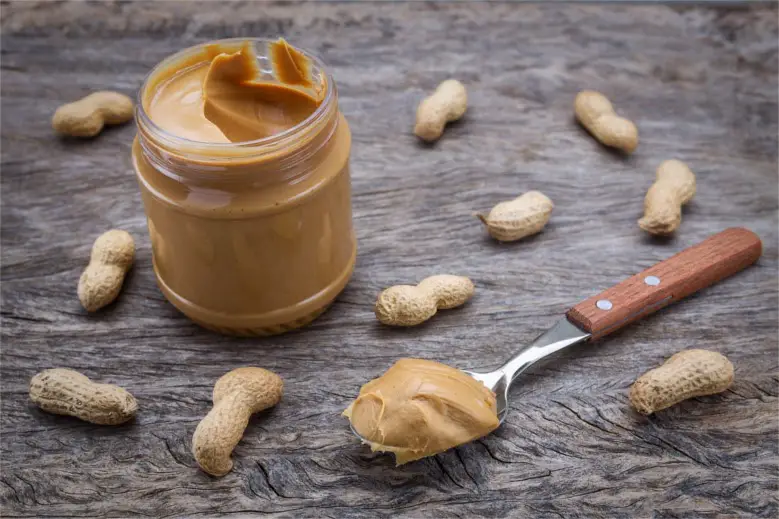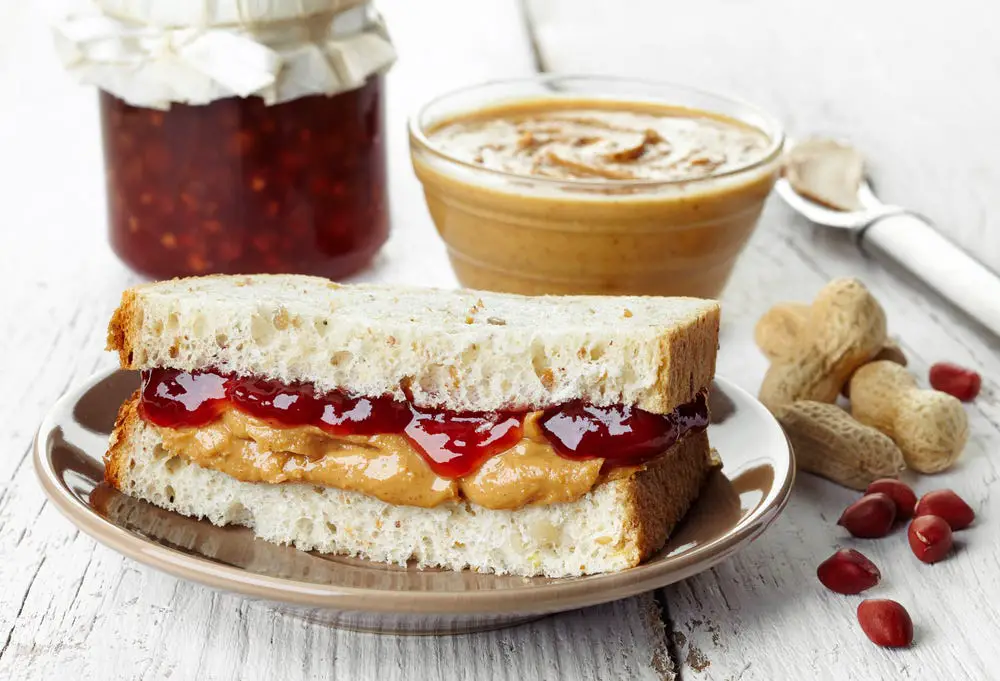Peanut butter is an American staple and is eaten by 94% of U.S. households in almost every combination imaginable. Of course, the most common is the PB&J sandwich, but there is no end to its versatility. Here are some other great facts about that jar of peanut butter you probably have sitting in your pantry.
First off, peanut butter can’t be called peanut butter unless it is at least 90% peanuts. That goes for the chunky or creamy, as well as the natural or traditional types. A jar of peanut butter requires about 540 peanuts and is the leading use of peanuts in the United States. Americans like their peanut butter and spend about $800 million a year on the food.
In addition to buying it, Americans like to eat it, so much so that they consume about 1.5 billion pounds of peanut butter and other peanut products every year. The most popular is the good ‘ole peanut butter and jelly sandwich, and a child will eat about 1,500 PB&J sandwiches before they get out of high school. The debate over which is better, creamy or crunchy, is always a hot one, but creamy just edges crunchy as the most preferred. 60% prefer creamy, according to the National Peanut Board.
Peanut butter was patented by a Canadian named Marcellus Gilmore Edson in 1884. It was more of a paste and sold for six cents a pound. He had developed the idea so people who had trouble eating solid food would have a nutritious and good tasting alternative.
John Harvey Kellogg, of cereal fame, took it a step further, first by patenting a process to produce a creamier version, and second, by touting its health benefits across the country as a new vegetarian form of food. He may have even influenced George Washington Carver (the famous developer of many uses of the peanut) when he talked about the health benefits at a lecture he gave at the Tuskegee Institute in Alabama, where Carver was in attendance. It’s not known if this piqued Carver’s true interest in the peanut, however. In addition, snack food maker, George Bayle, is also credited with a hand in peanut butter’s surge because he was making peanut butter as early as 1894.
Peanut butter is packed with lots of good nutrient stuff. Phosphorus, potassium, zinc, folate, and vitamin E, are all in peanut butter. It’s high in mono and polyunsaturated fats and is a good source of protein as well as some fiber. It can even get gum out of hair or other places. Rub some on the gummed-up area, and the natural peanut oil will loosen it right up.
But peanut butter brilliance doesn’t stop there. If you have a craving for a decadent dose of peanut butter, then try the most expensive peanut butter and jelly sandwich in the world. A Chicago restaurant called PB&J (which stands for Pizza, Beer, and Jukebox) has a PB&J sandwich on their menu for $350 called the “Golden Goose.” It’s made with all-natural peanut butter, New Zealand manuka honey, a seedless redcurrant jam from Maison Dutriez in France, which is considered the most expensive in the world, and it sits between toasted edible gold leaf bread.
The sandwich took the title from the previous record holder, the Golden Gourmet PB&J Sandwich from the now-closed Red’s Golden Gourmet in Point Loma, California. It cost $299 and had egg brioche bread with natural peanut butter, fresh blueberries, bananas, cherry jam, bacon, and honey. Two 24K gold toothpicks, made by the House of Solid Gold, held each side together, and they also came with their own black leather toothpick holders.
So if that’s the most expensive sandwich with peanut butter, where can you get the most expensive jar of peanut butter? It comes from a very interesting and unusual place — the National Institute of Standards and Technology. A 6-ounce jar of what is called “Standard Reference Material 2387 — Peanut Butter” costs $294, but if you want to order them from the Institute, three have to be bought for a total of $881.
Why so expensive? The National Institute of Standards and Technology’s peanut butter is the gold standard for all other peanut butter to be measured. It has a precise analysis of the peanut butter’s makeup, including the nutritional composition of vitamins, fats, minerals, and amino acids, as well as the carcinogens produced by the mold in the peanut crops. Manufacturers of peanut butter use it for quality control and as a control to their own products, so it’s never really eaten. I assume you could if you really wanted to shell out the money for the quintessential peanut butter, but it’s recommended to go with the grocery variety.



